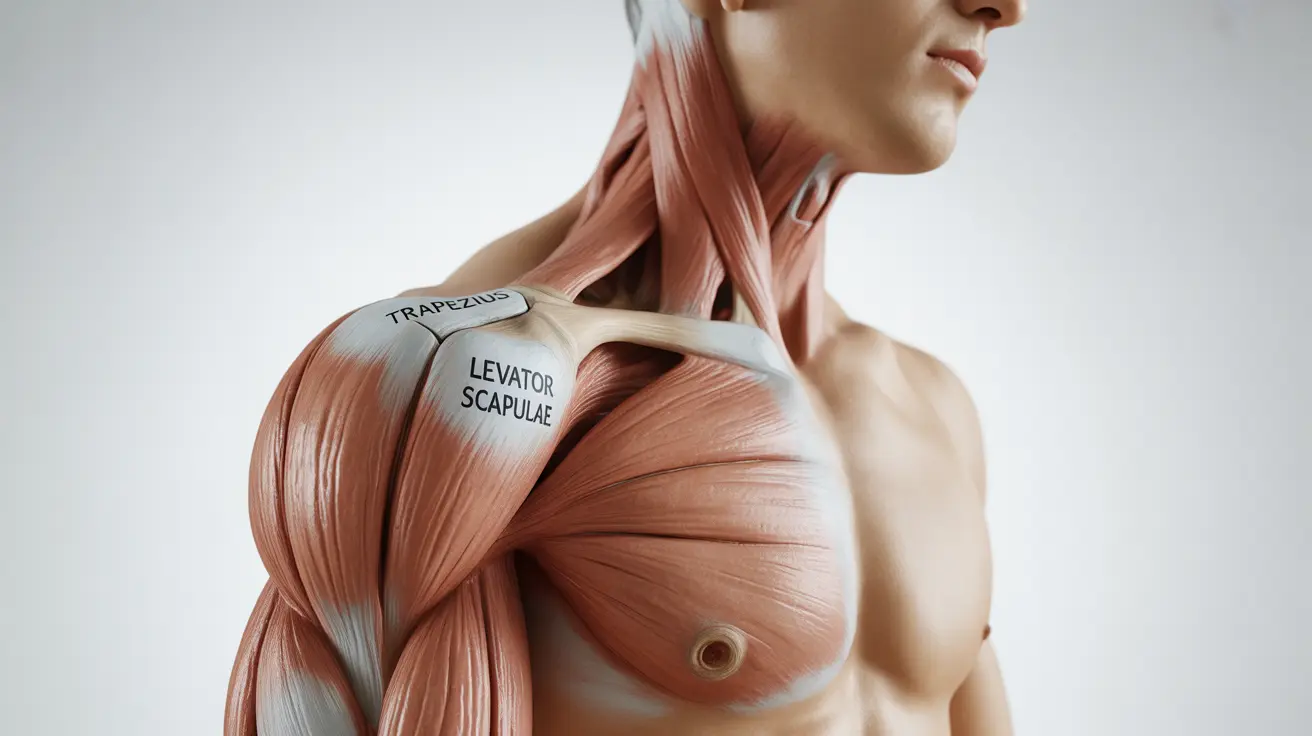A pulled muscle in the shoulder and neck area can be an incredibly uncomfortable and limiting experience. This common injury affects many people, whether from sudden movements, poor posture, or overexertion during daily activities. Understanding the causes, symptoms, and treatment options is crucial for proper recovery and prevention of future injuries.
In this comprehensive guide, we'll explore everything you need to know about managing and treating a pulled muscle in your shoulder and neck region, including when to seek professional help and how to prevent future strains.
Understanding the Causes and Symptoms
A pulled muscle, also known as a muscle strain, occurs when muscle fibers are stretched beyond their normal capacity or torn. This injury commonly affects the trapezius muscle, which extends from the neck to the shoulders and upper back.
Common Causes
Several factors can lead to a pulled muscle in the shoulder and neck area:
- Poor posture while working or using electronic devices
- Sudden movements or jerking motions
- Heavy lifting with improper form
- Sports injuries or overexertion
- Sleeping in awkward positions
- Stress and tension
Recognizable Symptoms
Identifying a pulled muscle is the first step toward proper treatment. Common symptoms include:
- Sharp or dull pain that worsens with movement
- Muscle stiffness and reduced range of motion
- Swelling in the affected area
- Muscle weakness
- Muscle spasms or tightness
- Pain that radiates from the neck to the shoulder
Immediate Treatment and Home Care
When you first experience a pulled muscle in your shoulder and neck, following the RICE protocol (Rest, Ice, Compression, Elevation) can help manage symptoms and promote healing:
First 48 Hours
Focus on reducing inflammation and preventing further injury:
- Apply ice packs for 15-20 minutes every 2-3 hours
- Rest the affected area, avoiding strenuous activities
- Use over-the-counter pain relievers if needed
- Gentle neck and shoulder movements to prevent stiffness
Recovery and Exercise
After the initial acute phase, gentle stretching and strengthening exercises can help restore function and prevent future injuries. Always start slowly and avoid pushing through pain.
Beneficial Exercises
Consider these gentle movements once initial pain subsides:
- Neck rotations
- Shoulder rolls
- Gentle stretches
- Isometric exercises
- Progressive range-of-motion activities
Prevention Strategies
Preventing future muscle strains involves maintaining good posture and body mechanics during daily activities:
- Practice proper ergonomics at work
- Take regular breaks from prolonged positions
- Maintain good posture during activities
- Stretch regularly throughout the day
- Strengthen neck and shoulder muscles
- Manage stress levels
Frequently Asked Questions
What are the common causes and symptoms of a pulled muscle in the shoulder and neck?
A pulled muscle typically results from poor posture, sudden movements, or overexertion. Common symptoms include sharp or dull pain, stiffness, reduced range of motion, and possible swelling in the affected area.
How can I treat a pulled muscle in my shoulder and neck at home effectively?
Follow the RICE protocol: Rest the area, apply Ice, use Compression if needed, and keep the area Elevated when possible. Over-the-counter pain relievers and gentle stretching can also help with recovery.
When should I see a doctor for neck and shoulder pain from a pulled muscle?
Seek medical attention if pain persists beyond a week, if you experience severe pain, numbness, tingling, or weakness in your arms, or if the injury affects your daily activities significantly.
What exercises or physical therapy help with recovery from a pulled muscle in the neck and shoulder?
Gentle stretching, neck rotations, shoulder rolls, and progressive strengthening exercises can aid recovery. A physical therapist can provide targeted exercises based on your specific condition.
How can I prevent neck and shoulder muscle strains during daily activities or work?
Maintain good posture, take regular breaks, use proper ergonomics at work, stretch regularly, and strengthen your neck and shoulder muscles. Avoid sudden movements and practice proper lifting techniques.




